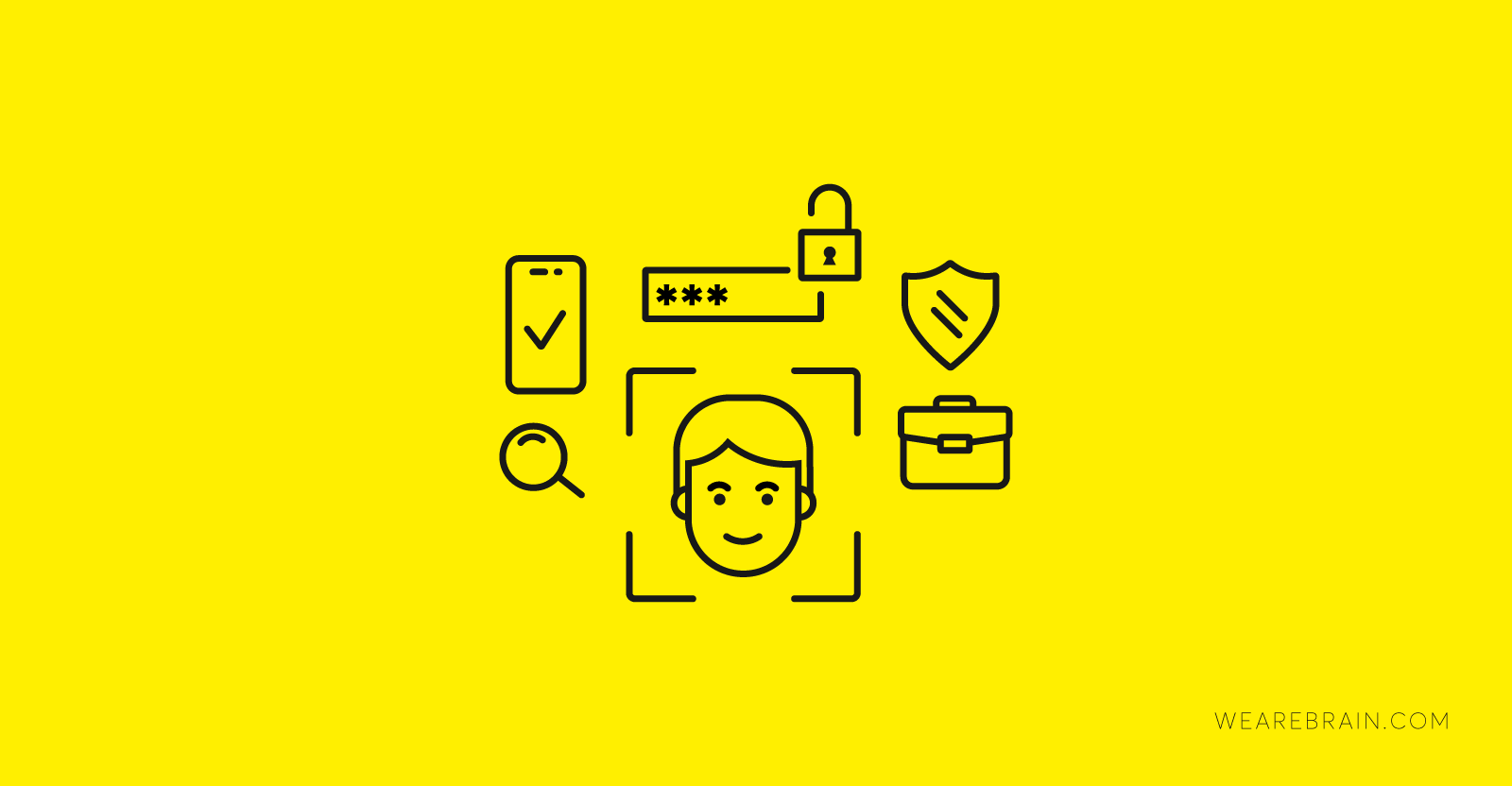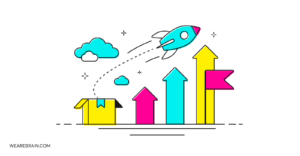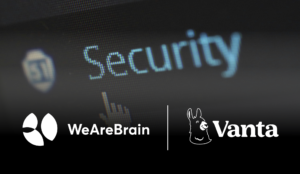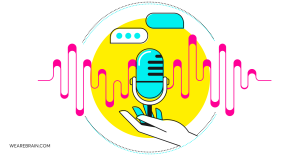Facial recognition technology – Part 2: Uses, benefits, and drawbacks

In Part I of our article series we explained what facial recognition software is and how exactly it works. We explained how biometric technology is used in facial recognition to create a unique faceprint of a subject by gathering data from 80 nodal points across the subject’s face. The faceprint is then stored in a database and through deep learning is compared with other faceprints in order to accurately identify an individual.
Now that we know how facial recognition works, let’s try to understand the benefits of this technology and how it is currently used in the world.
Benefits of facial recognition
As an identification, authentication and verification tool there is simply nothing else quite like it that boasts the same levels of efficiency and accuracy. But most importantly, what sets it apart from other identification processes is that it is completely non-invasive. Unlike a fingerprint scanner which requires physical contact with the device, a faceprint can be created from afar with no interaction and without the subject even being aware of what is happening. This means that no user can successfully imitate another person — sorry all you Jason Bourne wannabes out there.
It also requires less processing than other biometric authentication techniques and can easily integrate into existing security features, both of which cut down on costs and man-power. And perhaps the biggest benefit is that facial recognition software accuracy has improved over time, and it is getting better and better. This is thanks to its machine learning and deep learning capabilities, meaning the tech is only going to get more fine-tuned and sophisticated in the coming years.
Uses and benefits in gadgets and social media
We spoke a bit about the common uses for facial recognition in Part I so here we’ll refresh rather than dive into detail. The most common surface-level use for facial recognition involves authentication and identification. For example, high-quality digital cameras are being released with facial recognition technology housed in their software. The latest smartphones, like Apple’s iPhone X, use facial recognition and 3D mapping technology as an identification tool to unlock the phone and even to purchase items in the App Store. Apple encrypts and houses user faceprint data in the cloud, however, authentication occurs directly on each device.
Facebook uses facial recognition software to suggest accurate tagging in photos. Each time a person is tagged in a photo, Facebook’s mapping software (which utilises deep learning capabilities) stores the biometric data and gets a clearer ‘picture’ of the subject’s face, the more they are tagged. Once the algorithm has acquired sufficient data then Facebook is able to auto-tag people, with sometimes alarming accuracy.
Uses and benefits in law enforcement
On a deeper level, facial recognition is used for identification and verification of individuals for security and law enforcement purposes. Airports use facial-recognition software to search for people suspected of crimes or nefarious activity as they enter the airport facility. The technology is also used to compare passport photos with in-person identification processes in order to verify a person’s identity. Gone are the days of people getting away with using someone else’s passport or slipping through security while being a suspect of a crime. Last year in the US saw the first arrest being made as a result of facial recognition technology.
As a slight tangent but still staying with airports, smart advertisements using facial recognition software are being placed in airports and are able to identify the approximate age, gender and ethnicity of a person in order to provide targeted, individualised marketing. Remember that scene in Minority Report? Yeah, it’s happening now.
Law enforcement agencies use facial-recognition software to identify and apprehend criminals. If police are searching for a criminal whose whereabouts are unknown, facial recognition assists the search by identifying the location of the criminal each time their image is publicly captured, either on video or photograph, in surveillance systems. Searches can be conducted more efficiently by inserting the data from nationwide mugshots into the system for rapid identification and authentication. Some countries are even using facial recognition software to crack down on voter fraud.
Uses and benefits everywhere else
It’s not only law enforcement and government agencies which require the use of facial recognition technology. The private sector has found a use for it already. Smart businesses have seen a benefit in the software to track time and attendance of employees. No longer do workers have to punch a ticket to clock in and out of work, facial recognition software marks when a worker enters and exits the building and tracks time performance. Businesses also use this technology as an authentication tool, for instance, to allow certain clearance levels of workers to gain access to buildings, rooms or even documents on a computer or smart device.
Universities across the United States are starting to roll out facial-recognition software to track class attendance. Students’ facial images are captured when they enter campus and their movements are tracked thereon out.
Multinational companies including MasterCard, Amazon and Alibaba are now using facial recognition software to process payments. This is known as selfie pay. Amazon’s image analysis service Rekognition, included in Amazon’s AI suite, and Google’s Cloud Vision API, are helping companies incorporate this technology for their own use by allowing developers to use it in a variety of ways, particularly for marketing and entertainment.
Even some retail outlets are beginning to harness facial recognition technology in order to track and identify potential shoplifters. Once a shoplifter is identified then security personnel are immediately alerted and the person is placed under surveillance.
Drawbacks
Like any piece of technology, there are some current drawbacks to facial recognition software. The main one being quality. If the image captured is of poor resolution or if the lighting is bad then this dramatically decreases the accuracy of the software. If the image captured is not completely front-on (ie. if the face is caught in profile, slightly turned to the side, or even if the person is smiling) then the software cannot perform to its full potential and becomes inaccurate.
In fact, even glasses, scarves, hats, facial hair and makeup can throw the software off completely and render the technology useless.
However, it seems that the largest set of drawbacks revolve around privacy and security concerns. What are our rights in these cases? Who owns the data? What if you don’t agree to having your facial biometric data stored by government and corporate agencies? We’ll talk about this in Part III of this article series. Stay tuned!
Read the first part of this article series: Is facial recognition technology something to smile about?
Mario Grunitz
Working Machines
An executive’s guide to AI and Intelligent Automation. Working Machines takes a look at how the renewed vigour for the development of Artificial Intelligence and Intelligent Automation technology has begun to change how businesses operate.







